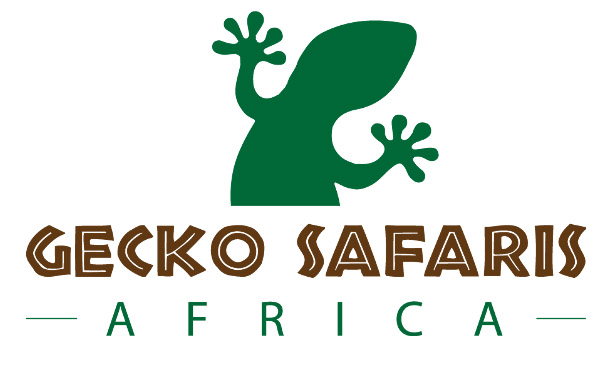A Guide to Filming in Uganda : Capture the Pearl of Africa on Camera
Filming in Uganda. Uganda offers stunning backdrops for filmmakers. From the misty peaks of the Rwenzori Mountains to the bustling streets of Kampala, every scene tells a story. The country’s diversity—cultural, ecological, and historical—makes it a magnet for both documentary and commercial film projects.

Getting Filming Permits in Uganda
The Uganda Media Council and Uganda Wildlife Authority (UWA) oversee most filming permissions. You must apply in advance and include a synopsis, locations, crew list, and intended use.
Apply for general filming clearance through the Uganda Media Council for urban and cultural scenes. For protected areas like national parks, submit requests to UWA. The process usually takes 5–10 working days.
Required Documents
Before you arrive, prepare these:
- Copy of passport
- Equipment list
- Crew member names
- Script or treatment
- Location details
- Application form for the relevant authority
After approval, you receive an official filming license. Carry it during shoots to avoid interruptions.
Best Filming Locations in Uganda
Uganda’s varied landscapes offer incredible settings:
- Murchison Falls National Park – dramatic waterfalls, savannah scenes, and abundant wildlife
- Bwindi Impenetrable Forest – thick rainforest, home to mountain gorillas
- Lake Bunyonyi – serene island-studded lake, perfect for aerial shots
- Kampala and Jinja – vibrant urban scenes, cultural landmarks, Nile River action
You can also film traditional ceremonies, community markets, and rural landscapes with local approval.
Equipment and Drone Regulations
All professional gear must be declared at entry. Uganda Revenue Authority may require a temporary import permit or a refundable bond for high-value gear.
Drones must receive clearance from the Uganda Civil Aviation Authority (UCAA). Apply at least two weeks in advance. Include drone specs, flight locations, and proof of liability insurance.
Working with Local Fixers and Crew
Uganda has a growing film industry. Work with local production companies or fixers to help navigate permits, translations, logistics, and cultural etiquette. Local camera operators, sound engineers, and location scouts are available at competitive rates.
When to Film in Uganda
The best months are June to September and December to February. These dry seasons offer clear skies and manageable terrain, especially for shoots in remote areas.
Avoid the rainy months—March to May and October to November—as muddy roads and overcast skies can delay production.
Highlights:
- Apply for permits from the Media Council or UWA based on your locations
- Declare all filming equipment at customs and ensure drones are registered
- Dry season offers the best filming conditions
- Work with local professionals for smooth production
- Stunning locations range from national parks to cultural centers
Plan Your Filming Experience in Uganda
Uganda welcomes creative storytelling. With proper planning, the country offers unmatched access to breathtaking nature, vibrant communities, and authentic African experiences. Make your next film project shine with Uganda as your backdrop.

